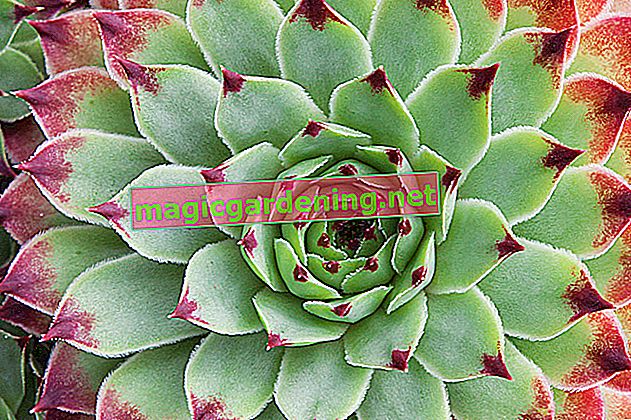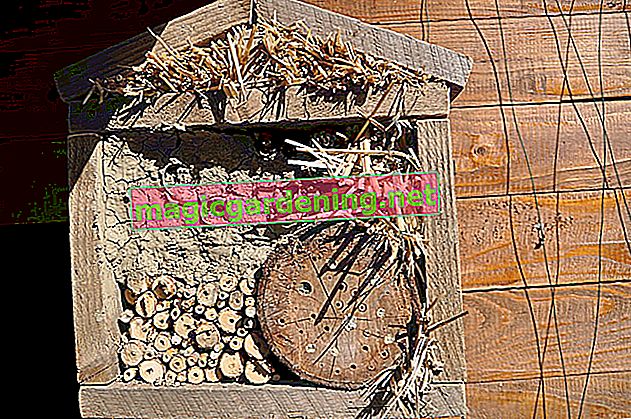
Cactus species without spines - an overview
At the beginning of their evolution, cacti had no thorns. Over the course of millions of years, desert cacti were forced to adapt to the dry, hot climatic conditions. To do this, they learned to store water in leaves, shoots, and trunks. In addition, they curled their leaves into thorns to reduce evaporation.
also read
- Can cacti tolerate frost? - Tips about hardy cactus species
- This is how cacti thrive on the windowsill - tips for the best care
- Which light do cacti want? - Tips on the location
However, cacti in the South American rainforests were not forced to take these measures. The following species and varieties continue to thrive as leaf cacti and only have delicate bristles instead of thorns:
- Christmas cacti (Schlumberga)
- Easter cacti (Hatiora - until recently Rhipsalidopsis)
- Cobbler cactus (Disocactus ackermannii)
- Hanging leaf cacti (Epiphyllum)
- Mistletoe cactus, rod cactus (Rhipsalis)
Like many rainforest plants, leaf cacti thrive epiphytically in their home, high on the branches of majestic jungle giants. Its up to 30 cm large flowers unfold numerous wild species at night. Well-known varieties, on the other hand, delight us with a long-lasting flowering period during the day, such as the 'German Empress' (Disocactus phyllanthoides).
Full sun undesirable - tips on the ideal location
At home in the rainforests and mountain forests of South America, cacti without thorns place different demands on the location than their thorny colleagues from the desert. Leaf cacti want a partially shaded place at the east or west window, where they cannot come under direct sunlight at noon. In addition, an increased humidity of 60 to 70 percent is an advantage.
How to properly care for leaf cacti
While you can even plant desert cacti in sand, spikeless cacti thrive in a nutrient-rich, loose, and slightly acidic substrate. Rhododendron soil, which you can optimize with seramis, lava granulate (€ 13.76 at Amazon *) or fine-grain pine bark substrate, is well suited for this purpose. The following measures are important in the maintenance program:
- Pour lime-free water when the substrate surface is dry
- Spray the entire plant with soft water every 1 to 2 days
- From March to September, apply liquid fertilizer every 14 days with a special fertilizer for leaf cacti
Since leaf cacti do not thrive as succulents, pruning is easily possible at any time. Shorten shoots that are too long with sharp, disinfected scissors. The best time to cut is at the end of hibernation.
Tips
Although cacti with and without spines differ significantly in their care requirements, they pull together when it comes to hibernation. With a few exceptions, a cool dormant growth is essential for the exotic plants to develop their buds. From October / November to February / March the extravagant beauties linger in a bright location at temperatures around 10 degrees Celsius.








